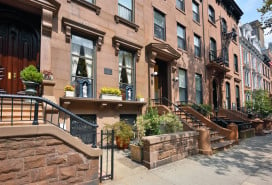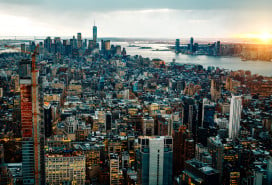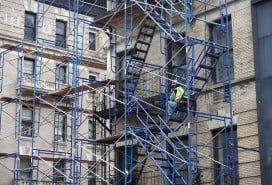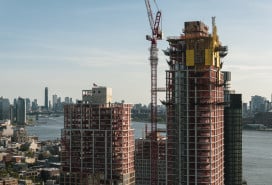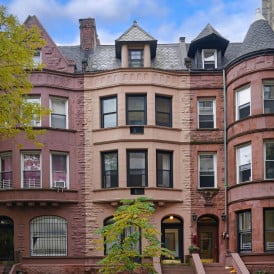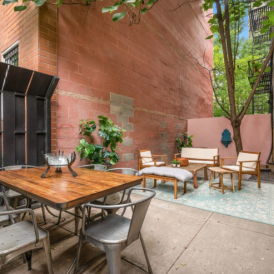Fire escapes: How to keep them safe and secure

A couple of recent news stories have us thinking about fire escape safety. There was the tragic death of 21-year-old Broadway actor Kyle Jean-Baptiste after falling from a Brooklyn fire escape this weekend, as well as a post on West Side Rag about a peeping Tom who's been spotted on an Upper West Side fire escape several times with his pants undone.
We've reported on fire escape safety before, but it bears repeating: Fire escapes are not meant to be used as decks, and you should avoid using them for any purposes other than escaping a fire. According to city law, items like plants and bikes are not allowed on fire escapes.
Also, make sure to keep fire escape windows locked, as they might provide unscrupulous outsiders, like the aforementioned peeping Tom, a means to violate your privacy (or even break in).
As we've previously reported, a couple of years ago, the Department of Buildings updated its Facade Inspection Safety Program. "Local Law 11" now stipulates that owners of buildings over six stories must inspect outer facades, balconies, terraces and fire escapes, among other outdoor elements, with a certified architect or engineer every five years.
The exact city rules for your building's fire escape vary from building to building, but both Untapped Cities and the city's website have rundowns of NYC's requirements. If you suspect your building's fire safety setup may not be up to code, our experts recommend calling into 311, which will send an inspector from the city to scope it out and, if need be, reach out to management for repairs.
Related:
Ask an Expert: Should my walk-up have a fire escape?
Is your building's fire escape safe? How to find out before there's a fire





